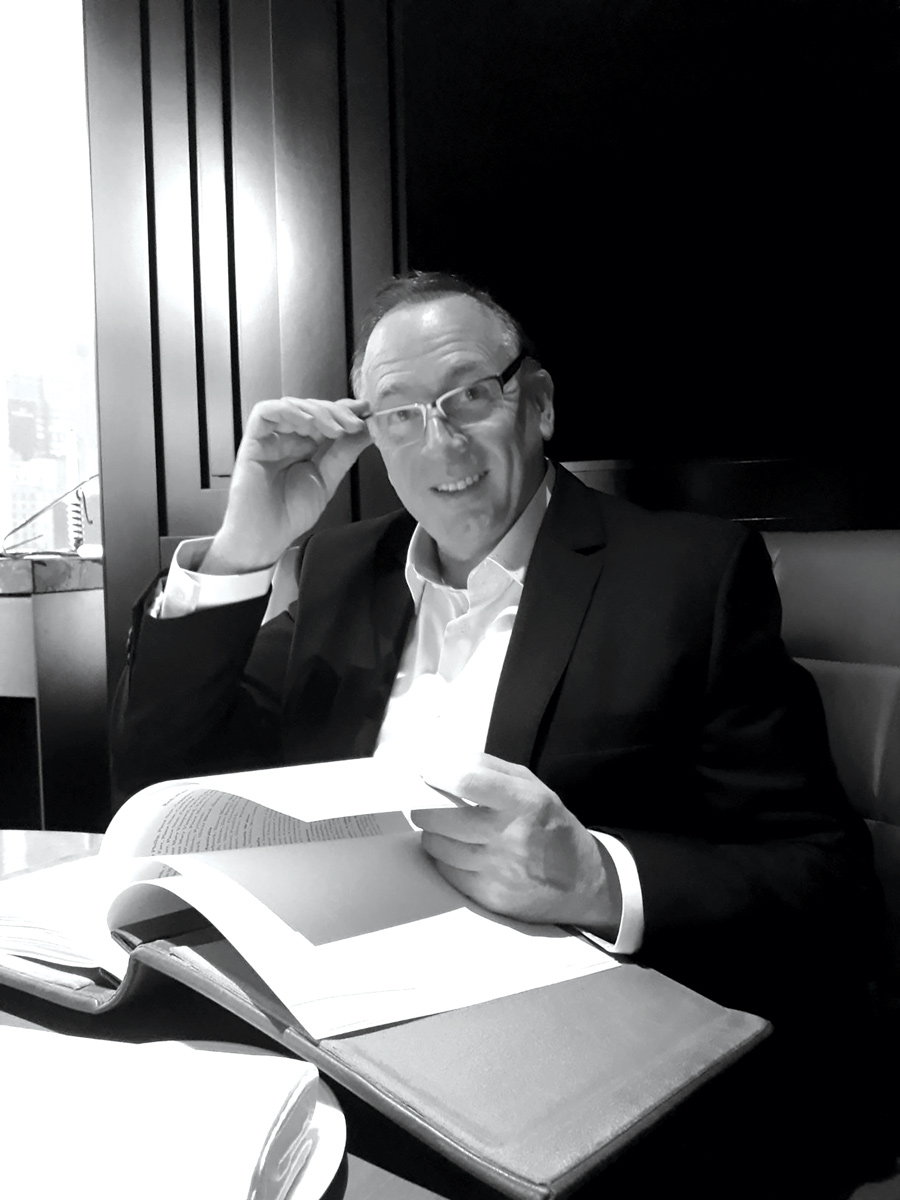This content is part of a paid partnership with The Vein Clinic.

There are five common myths patients tell us they have been told by other doctors. Ultrasound has totally reshaped our understating of venous disease and more effective and less invasive treatment methods first introduced in 1999 continue to evolve.

Dr Matar is a dual-qualified Radiologist and Phlebologist. His personal and family history with varicose veins fuels his ongoing passion for offering the most effective varicose vein treatments available.
As medical director of The Vein Clinic in Perth he has pioneered several innovations in vein treatment and offers a highly tailored and targeted approach to treating venous insufficiency, the cause of varicose veins and a frequent cause of restless legs.
We recommend reading the below guide to become familiar with how these new understandings have made advice that may have been given last century no longer accurate.
1. “Varicose veins are just a cosmetic problem.”
Unfortunately, many patients report that this myth has been conveyed to them by their doctor! Whilst many patients are bothered by cosmetic appearance, a good number suffer from significant symptoms of ache, pain, discomfort after exercise, restless legs, heavy/tired legs and, of course, embarrassment and limitation of lifestyle.
When left untreated, serious consequences can occur, including leg swelling, itchy and inflamed skin (venous eczema), discoloration and thickening of the skin (pigmentation and lipodermatosclerosis), ulceration and even blood clots (superficial and deep venous thrombosis).
Between 5% and 15% of patients with venous disease will develop ulceration and they are also at four times the risk of developing DVT compared to the general population. Up to 40% of our patients report restless legs syndrome and this can disrupt sleep, dramatically reducing their quality of life.
2. “Foam sclerotherapy is cheaper and just as effective as laser.”
This is simply untrue. We frequently treat patients that have spent a lot of time and money having inappropriate and unsuccessful foam sclerotherapy for veins that should have been treated with laser and phlebectomy. The literature shows variable long-term closure rates for saphenous veins treated with foam anywhere from 25-85%. Success depends on proper patient selection and varies with vein size, wall thickness, sclerosant used and technique. By comparison, endovenous laser is highly reliable, with average long-term closure rates of about 95%.
3. “Your veins are too big for laser – you need stripping.”
In many countries, stripping has been completely replaced by laser and we have never encountered a saphenous vein we cannot laser due to its size. In the majority of cases, phlebectomy can be safely and effectively performed in an ambulatory setting, avoiding unnecessary general anaesthesia and the associated patient inconvenience of hospital admissions.
4. “Wait until you’ve had all your children before getting your veins fixed.”
This outdated advice is a hangover from the pre-endovenous laser era when stripping was the only available treatment option. The ideal time to get treated is BETWEEN pregnancies. Varicose veins often become most apparent during the last trimester and tend to get worse with each successive pregnancy. During pregnancy they swell and often cause discomfort. In addition, the risk of venous thrombosis in varicose veins is much higher at the end of pregnancy and immediately after delivery.
Treatment during pregnancy is not advised but there is definite benefit in treating abnormal veins beforehand to reduce painful complications such as clotting, inflammation, and further worsening of venous dysfunction.
5. “There is no point treating varicose veins, as they will just come back.”
In the past, even if done perfectly, stripping surgery was associated with about 50% recurrence rate at five years – hence the basis of this belief. Foam sclerotherapy has also been overpromoted as a ‘one-stop shop’ for varicose veins and is associated with poor outcomes and recurrences in many cases, again adding fuel to this opinion.
The latest endovenous laser methods we employ have almost 100% initial closure rates and rates of up to 99% at five years. There is really no comparison between modern treatment by a skilled phlebologist and old-fashioned surgical stripping. With modern methods utilising best practice techniques, including endovenous laser, phlebectomy and foam sclerotherapy, the chances of recurrence can be greatly reduced to the baseline risk of progression of around 3% per year.
Regular surveillance and ‘touch-up’ treatment will usually prevent major recurrences.
Questions? Contact the editor.
Disclaimer: Please note, this website is not a substitute for independent professional advice. Nothing contained in this website is intended to be used as medical advice and it is not intended to be used to diagnose, treat, cure or prevent any disease, nor should it be used for therapeutic purposes or as a substitute for your own health professional’s advice. Opinions expressed at this website do not necessarily reflect those of Medical Forum magazine. Medical Forum makes no warranties about any of the content of this website, nor any representations or undertakings about any content of any other website referred to, or accessible, through this website

